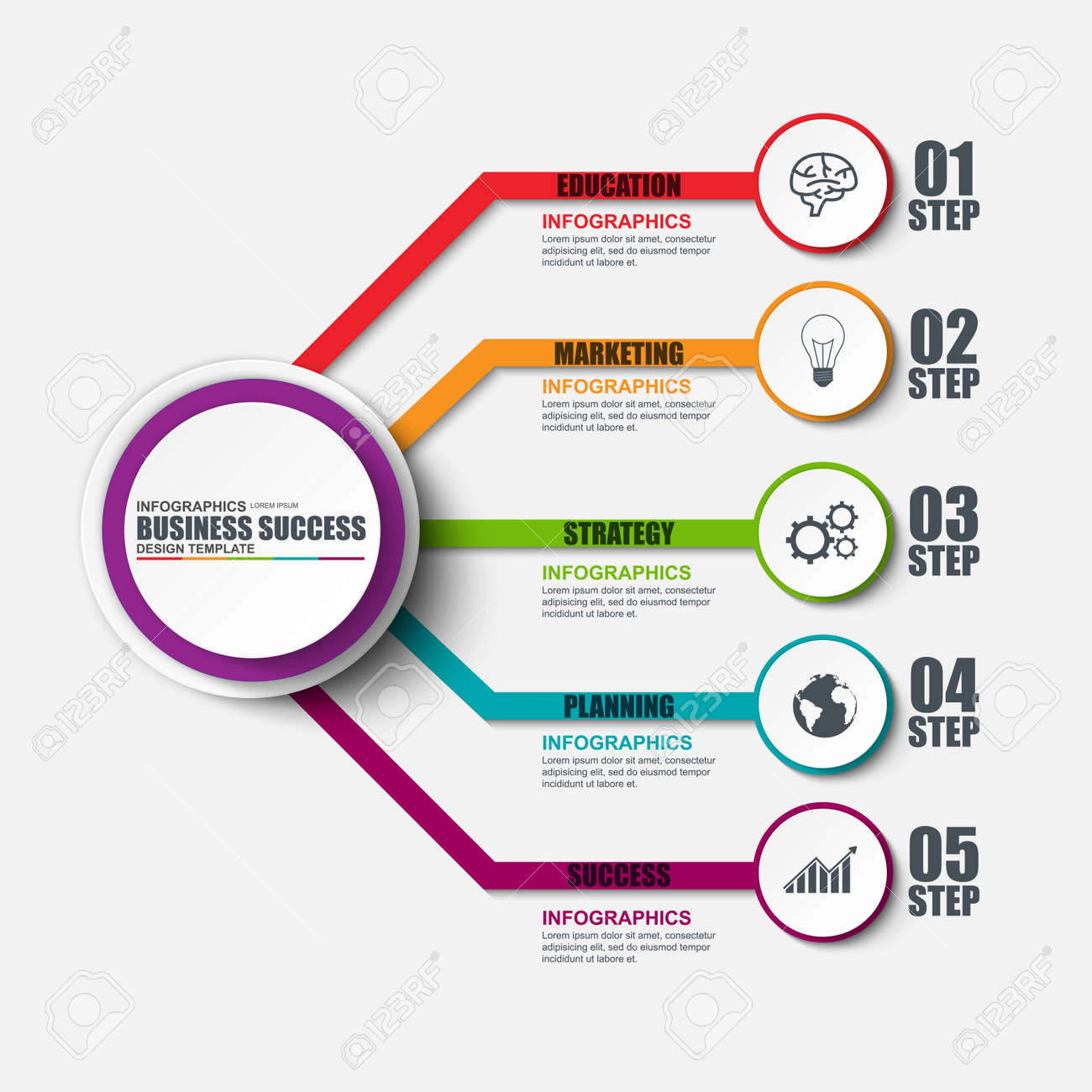Intrigued In Learning Exactly How Website Style Has Evolved Throughout The Years? Check Out The Trip From Straightforward Designs To User-Centered Approaches
Intrigued In Learning Exactly How Website Style Has Evolved Throughout The Years? Check Out The Trip From Straightforward Designs To User-Centered Approaches
Blog Article
Post Author-Bradshaw Molina
In the past, web sites were easy and focused on info. Navigation was straight, and style was for desktops. Currently, customer experience is essential. Data overviews layouts for easy navigation. Receptive layouts fit various gadgets. Today, dark setting lowers pressure, and minimalist menus improve navigation. Interactive functions involve customers, and vibrant visuals stick out. AI combination boosts engagement. See exactly how design has progressed to improve your on the internet journey.
Very Early Days of Website Design
In the early days of web design, simpleness preponderated. Websites were fundamental, with restricted shades, fonts, and formats. The focus got on supplying information rather than fancy visuals. Individuals accessed the net via slow-moving dial-up links, so speed and performance were key.
Navigating menus were straightforward, normally situated at the top or side of the page. Sites were created for home computer, as mobile surfing had not been yet prevalent. Material was king, and developers focused on simple readability over intricate style elements.
HTML was the key coding language made use of, and developers had to function within its restraints. Animations and interactive features were very little contrasted to today's standards. Web sites were static, with little dynamic web content or customized customer experiences.
Rise of User-Focused Layout
With the advancement of web site layout, a shift towards user-focused design concepts has actually come to be progressively popular. read more , producing websites that prioritize individual experience is essential for involving visitors and attaining organization objectives. User-focused design entails understanding the requirements, choices, and habits of your target audience to customize the internet site's design, content, and includes as necessary.
Developers now conduct thorough research, such as user surveys and usability testing, to gather understandings and responses directly from customers. This data-driven strategy helps in creating user-friendly navigation, clear calls-to-action, and aesthetically attractive user interfaces that resonate with visitors. By positioning the customer at the facility of the style process, sites can provide a much more personalized and delightful experience.
Receptive style has additionally become an essential aspect of user-focused design, ensuring that web sites are optimized for different tools and screen dimensions. This versatility boosts access and functionality, dealing with the diverse means customers engage with web sites today. Fundamentally, the surge of user-focused layout represents a change in the direction of producing electronic experiences that prioritize the demands and expectations of the end customer.
Modern Trends in Website Design
Discover the current fads shaping web design today. One noticeable pattern is dark mode layout, supplying a smooth and modern-day look while decreasing eye stress in low-light environments. An additional vital pattern is minimalist navigation, simplifying food selections and improving customer experience by concentrating on essential elements. Integrating micro-interactions, such as animated switches or scrolling results, can create an extra appealing and interactive internet site. Receptive layout continues to be vital, making certain smooth customer experiences throughout numerous tools. Furthermore, utilizing bold typography and asymmetrical layouts can add visual passion and draw attention to certain material.
Incorporating AI modern technology, like chatbots for consumer support or personalized referrals, improves individual interaction and simplifies processes. Ease of access has likewise come to be a considerable trend, with designers prioritizing comprehensive layout practices to deal with varied individual demands. Welcoming sustainability by maximizing internet site performance for rate and effectiveness is one more emerging trend in website design. Teaming up with user comments and data analytics to iterate and boost design constantly is essential for staying pertinent in the ever-evolving digital landscape. By welcoming these modern patterns, you can create an aesthetically attractive, straightforward internet site that resonates with your target market.
https://www.ratchetandwrench.com/articles/12591-smart-social-keeps-the-car-count-climbing
As you reflect on the evolution of site style from the early days to now, you can see how user-focused style has come to be the driving force behind modern-day patterns.
Embrace the journey of adjustment and adaptation in website design, always maintaining the individual experience at the center.
Stay existing with the most up to date patterns and modern technologies, and never quit evolving your method to develop visually spectacular and easy to use web sites.
Evolve, adjust, and create - the future of web design is in your hands.
